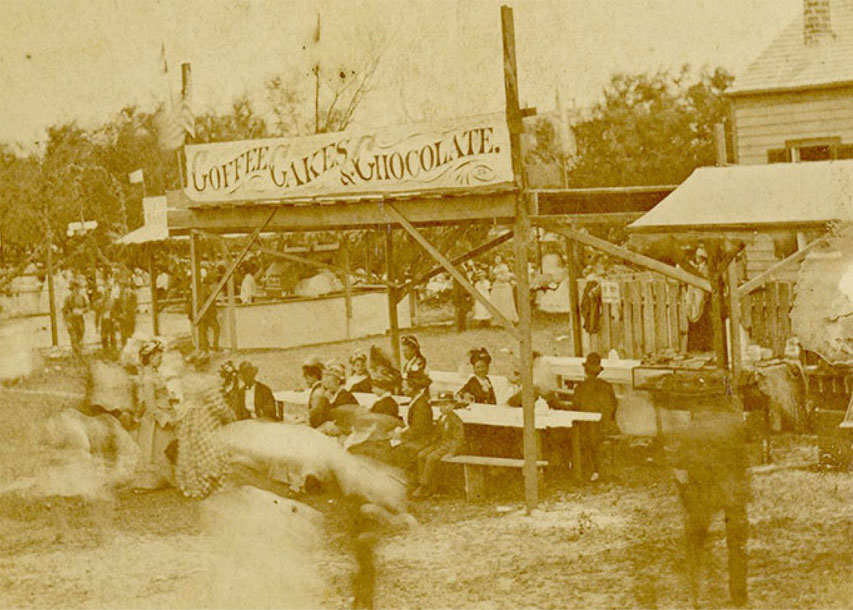The Colonial Era: New Villages
In the American Century, most of the settlers who belong to America in the 17th century were English. Still, Dutch, Swedes, and Germans in the Midwest, some French Huguenots in South Carolina, slaves came from Africa mainly in the south, and dispersion of Spaniards and Portuguese in the colonies.
After 1680 England was no longer the main source of immigration. Thousands of refugees fled continental Europe to escape the war. Many left their home countries to avoid poverty caused by government repression and the absence of landowners.
By 1690 the American population had grown to a quarter of a million; since then, it has doubled every 25 years until it reached more than 2.5 million in 1775. Although a family could move from Massachusetts to Virginia or South Carolina to Pennsylvania without major adjustments, the differences between the individual colonies were stark, even more so between the three regional colony groupings.
New England:
New England in the northeast generally has thin and rocky soil, relatively flat land, making it difficult to make a living from agriculture. As for other activities, the New Englanders harnessed the power of water and set up flour mills and sawmills.
The good wood mass promoted shipbuilding. Excellent ports encouraged trade, and the sea became a source of great wealth. In Massachusetts, the cod industry alone quickly provided a foundation for prosperity.
Since most of the early settlers lived in villages and towns around the ports, it has been mentioned in WW1 Magazine Articles that many New Englanders did some trade or business. The common pastures and forests met the needs of the townspeople who worked on small farms nearby.
The compactness made possible the village school, the village church, town hall, or the city where citizens met to discuss common interests. Massachusetts Bay Colony continued to expand its trade. It flourished from the mid-17th century, and Boston became one of the most important ports in the United States.












